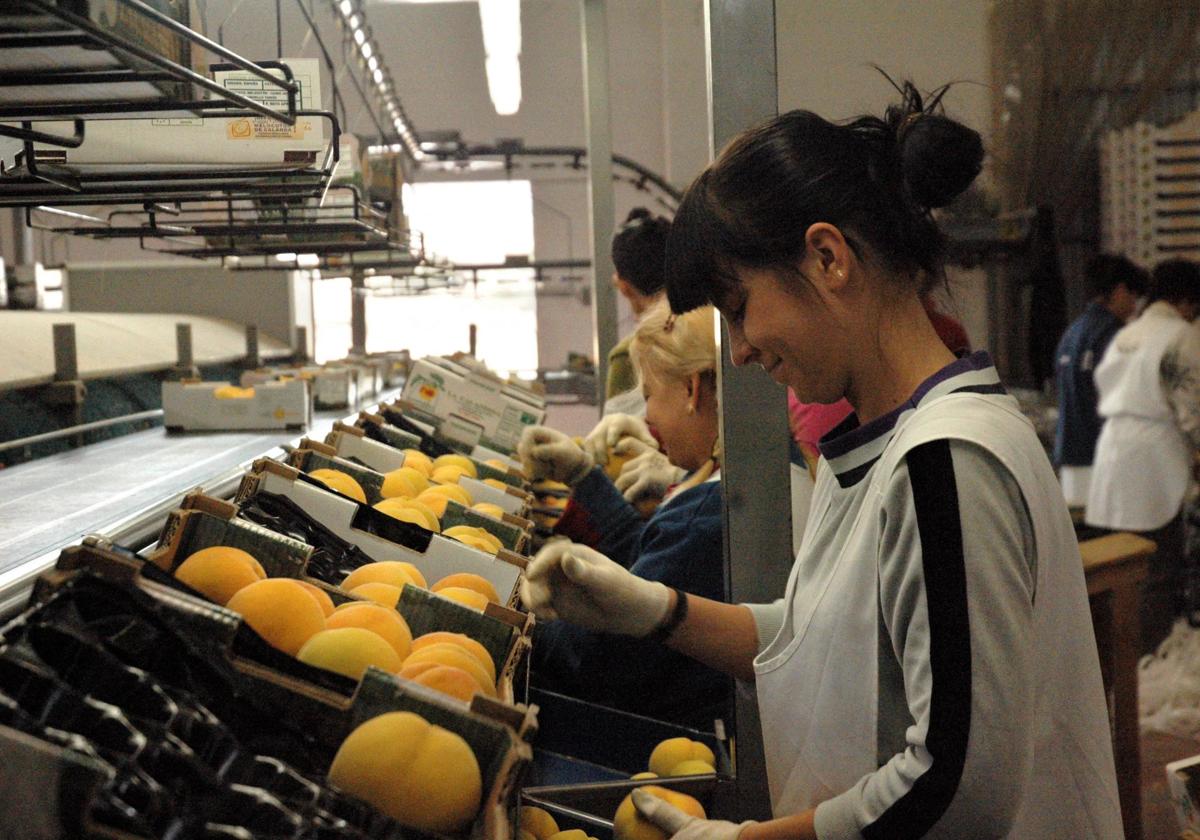Spain hits record three million foreign workers contributing to social security system
Foreigners represent 14% of the country's total workforce
Never has the number of foreign workers contributing to the Spanish social security system passed the three million mark before. The current figure stands at 3,070,831 people, i.e. 14% of the total number of affiliates (21.78 million), according to the May data recorded by the Ministry of Inclusion, Social Security and Migration, headed by Elma Saiz.
In May 2025, the number of foreign workers increased by 73,524 compared to April and by 187,684 compared to one year ago. Once seasonal and calendar effects are discounted, the figure also comes close to three million employed individuals, reaching 2,972,086 affiliates. "Foreign affiliation also reflects the positive signs we are seeing in the labour market as a whole: temporary employment falls to historic lows and the sectors that are growing above average, such as those with high added value, are diversifying," said Saiz.
According to the ministry, since the labour reform of 2022, the weight of the foreign population in the labour market has grown notably: 41% of employment in the last three years is attributed to workers of foreign origin. In the last decade, the increase in foreign workers has been 84.6%, and 118% in the case of people from non-EU countries. The increase in European citizens is 56.5%.
More Moroccan workers
In the same way as with Spanish workers, the majority of foreign affiliates are in the general social security scheme (the main system), where eight out of ten are enrolled, reaching 2.5 million workers.
Of the total, some 1.7 million are men and 1.3 million are women, which means that 43.5% of the total number of foreign workers are women - "a figure that is on the rise", as the ministry highlights.
In the last 12 months, enrolment of foreigners in this scheme has grown by around 6.8%, especially in seven sectors: transport and storage (25.4%), water supply (10.5%), administrative activities (9%), financial activities (8.9%), construction (8.6%) and manufacturing industry (8.6%).
The distribution by sector in both the general scheme and the self-employed workers' scheme shows increasing diversification. For example, the year-on-year growth in foreign enrolment is very notable in high value-added activities, with notable growth, as mentioned above, in financial activities (8.9%), scientific and technical professional activities (7%) and information and communications (5.7%).
Of all nationalities, 31% are workers from EU countries, while Morocco heads the list with the highest number of contributors, followed by Romania, Colombia, Italy, Venezuela and China.
In terms of temporary employment, the rate is at an all-time low for both nationals and foreigners. In fact, the percentage of foreign affiliates with a temporary contract is 11.3% and that of nationals is 12%.

